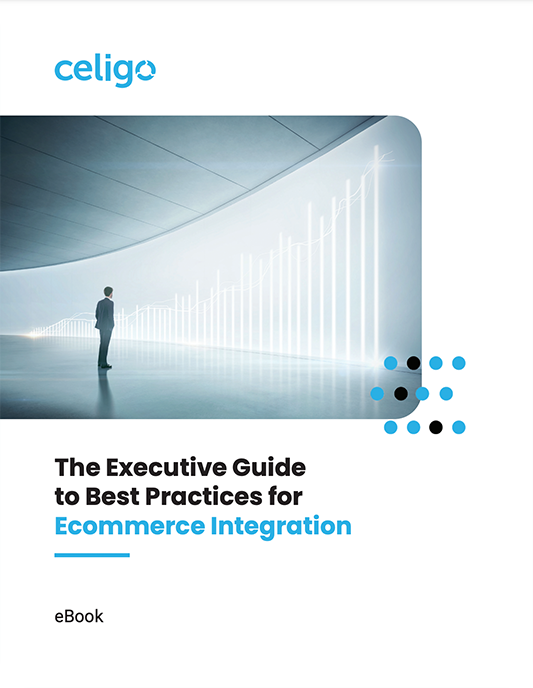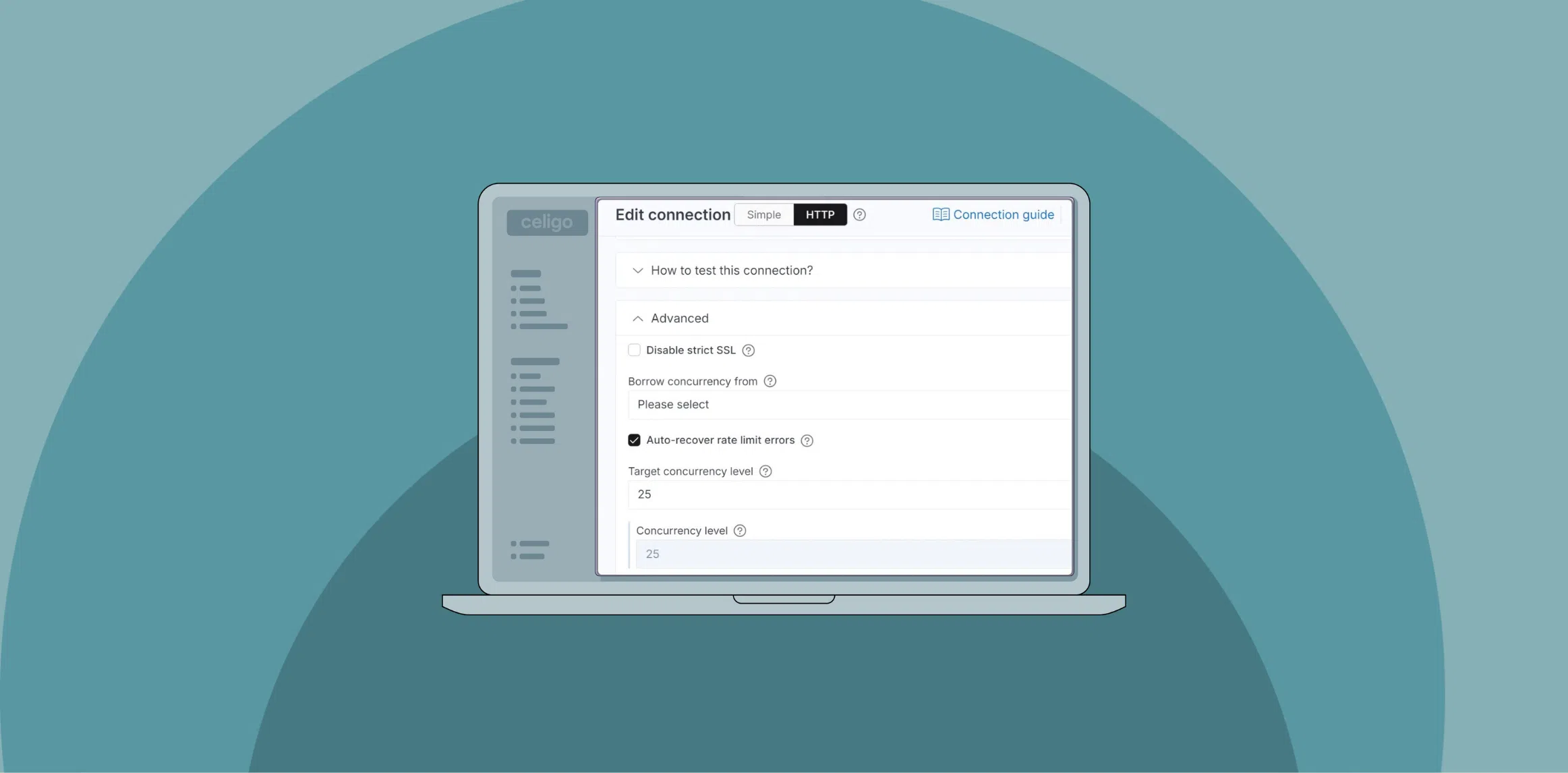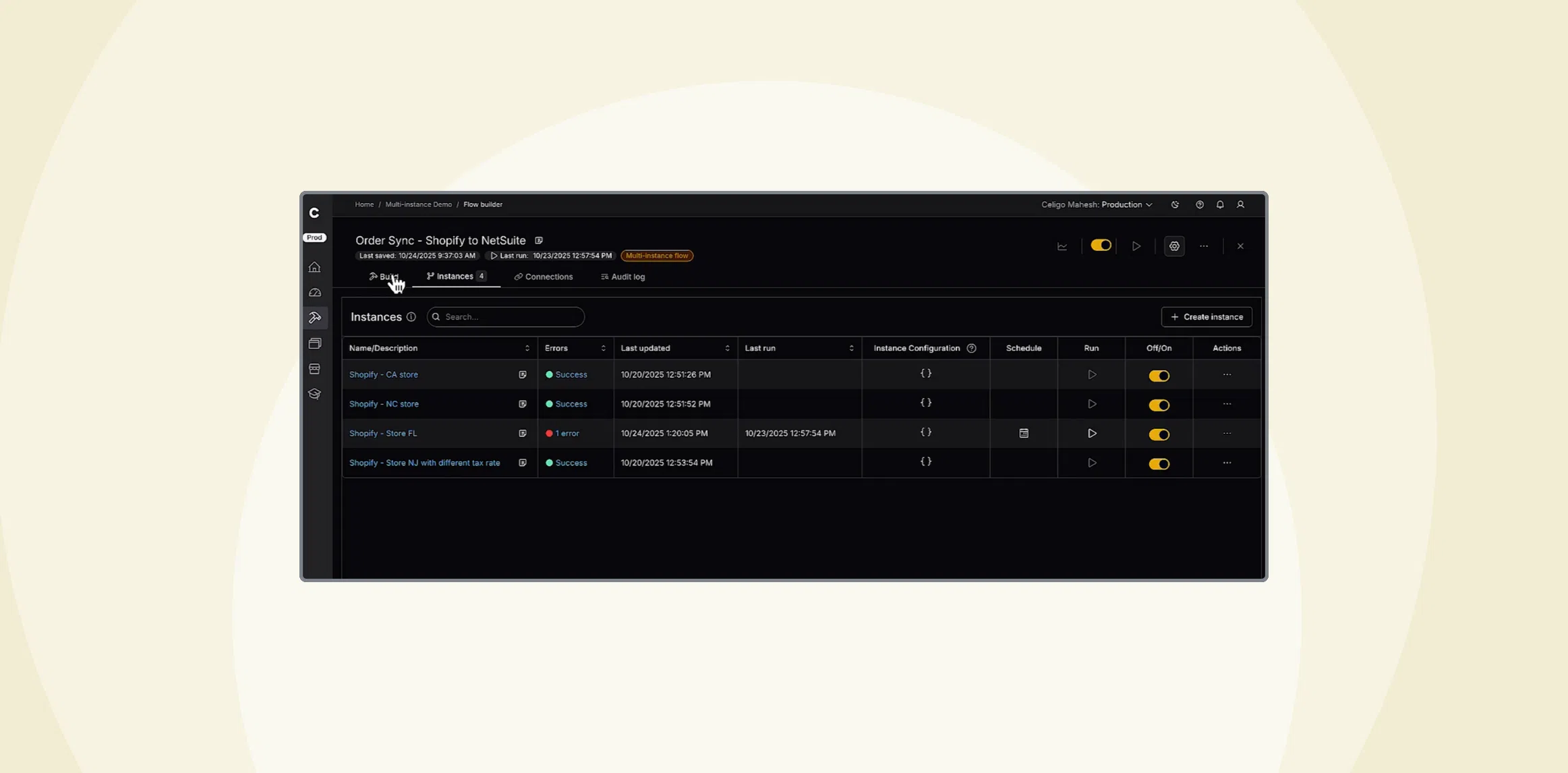Published Jul 9, 2021
How to get started with ecommerce ERP integration

To provide a seamless customer experience, many ecommerce companies rely on cloud applications, such as Enterprise Resource Planning (ERP). Manual processes, such as emailing spreadsheets and repetitive data entry, just aren’t scalable for growing enterprises nowadays. By incorporating ecommerce ERP integration into your system architecture, you have a dedicated “source of truth” for order-to-cash and other business processes.
In this article, we’ll discuss the value of ERP software and recommend next steps for designing an integration roadmap for your organization.
ERP, a Foundational SaaS App
The history of ERP systems can be traced back to the 1960s in the form of inventory management systems that tracked raw materials and finished products against consumer demand. Materials Requirements Planning (MRP) emerged in the 1970s, as a type of software that somewhat resembled our more modern solutions.
The term ERP surfaced in the 1990s when that software began centralizing data across the whole enterprise into a core repository. For multiple industries and departments, today’s ERP supports a wide range of everyday operational and administrative processes.
According to Gartner, four key business benefits of ERP software include:
- Business innovation
- Business process efficiency
- Process standardization
- IT cost savings
For many business processes, an ERP is considered a foundational SaaS application. In other words, this software has a broad sense of responsibilities and footprints within the organization, owning the system of records for key business objectives. For an ecommerce business, this includes sales orders, purchase orders, order fulfillments, payouts reconciliation, and more.
Importance of Ecommerce ERP Integration
While an ERP is an essential tool in its own right, it’s even more powerful when it’s integrated with other applications in your tech stack.
Without integration, ecommerce companies face significant challenges such as error-prone data entry, out-of-stocks, and delayed fulfillment. Bad customer experiences caused by these issues will result in lower ratings, negative reviews, and reduced sales.
On the other hand, by integrating disparate cloud applications and data sources, you can automate your business processes. This results in less overhead, improved conversion rates, faster processing, and real-time visibility into financial and order data.
Ecommerce ERP integration also supports company growth. By building a system architecture that integrates your ERP with your scaling ecommerce sales channels and warehouses, you can speed up time-to-market.
In this webinar on how integration helped her company’s workflows, President and COO at Body Art Alliance Melissa Gagnier-Solis discusses how an integration platform (iPaaS) helped her company integrate their ERP with their growing number of storefronts. This allowed them to accelerate their growth and automate their order-to-cash business process.
Next Steps for ERP Integration
After deciding to incorporate ecommerce ERP integration, the next step is plan and identify which business processes need to be automated. Follow these four steps to get started.
1. First, map out all of your ecommerce processes
As part of this exercise, list all of the related applications associated with these business processes.
2. Next, identify the critical data that must be 100% accurate and timely
Examples of this important information include your SKUs, orders, and finances.
3. Identify manual, slow, and resource-intensive processes
Take note of processes that are costing you and your team valuable time, money, and resources. For example, if your accounting team spends countless hours at the end of each month trying to close the books, look at automating your payout-to-reconciliation business process.
4. Finally, calculate ROI for implementing an ecommerce ERP integration solution
Ask yourself what’s the current labor cost of all manual processes at your company. Then, compare that amount with the total cost of ownership for automation.
To prepare for this future digital transformation at your organization, review our ebook, The executive guide to ecommerce integration.
Also, we also encourage you to contact us to discuss how Celigo can help you with your ecommerce ERP integration.
FEATURED EBOOK
The executive guide to ecommerce integration
In today’s ecommerce landscape, businesses are dependent on many isolated applications and data sources in order to bring their products in front of customers and provide a seamless shopping experience. Integrating disconnected applications and data sources automates business processes, resulting in less overhead, improved conversion rates, and faster order and shipment processing, as well as real-time visibility into financial and order data.





